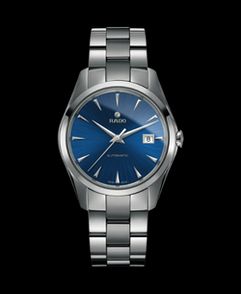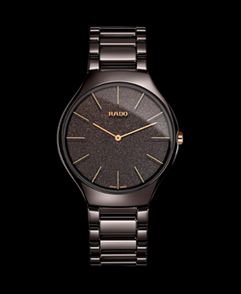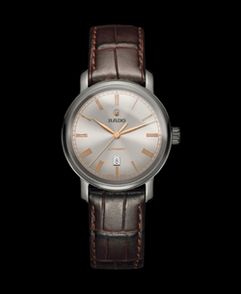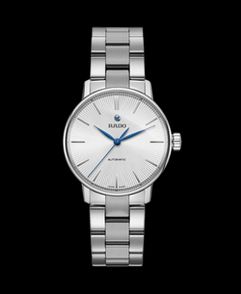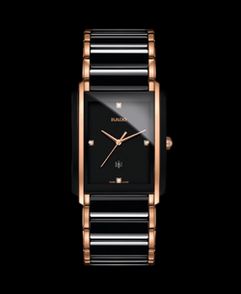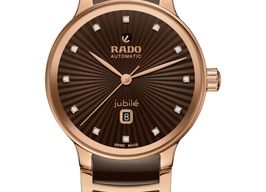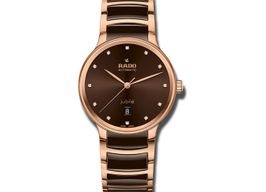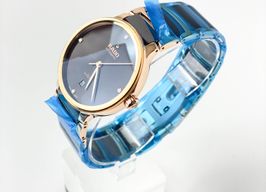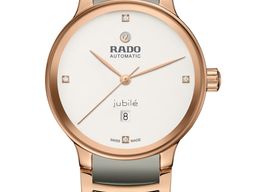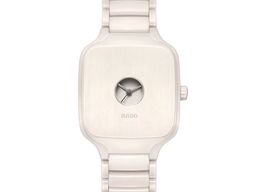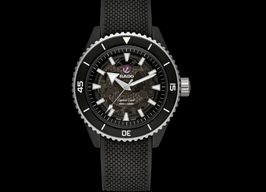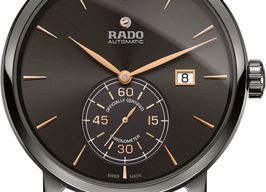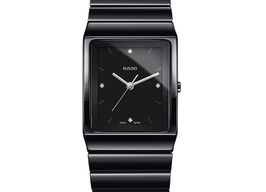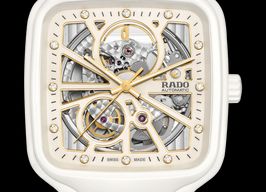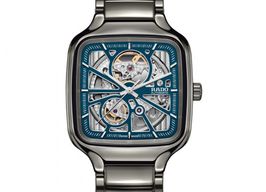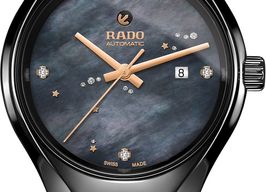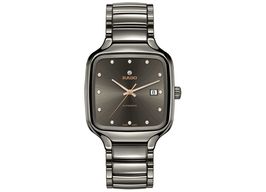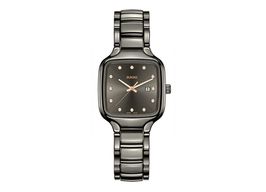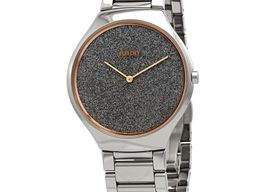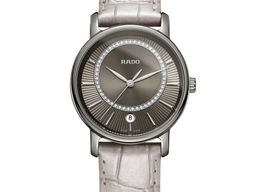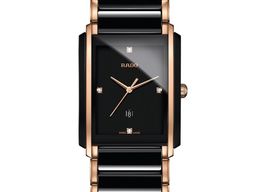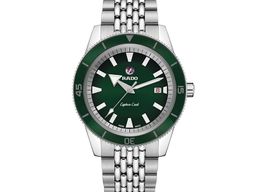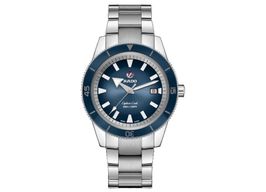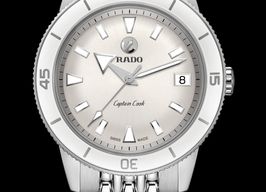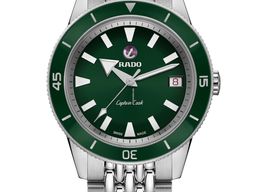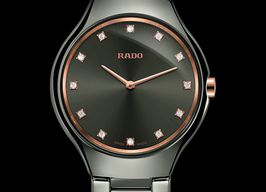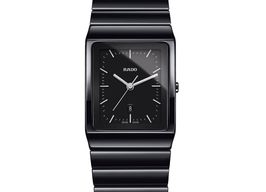
Rado watches
190 results
Sort by
- 100% Authentic watches
- Safe delivery or pick-up
- Warranty and easy returns

- 100% Authentic watches
- Safe delivery or pick-up
- Warranty and easy returns

- 100% Authentic watches
- Safe delivery or pick-up
- Warranty and easy returns

Rado
When using high-end materials on your watches, you quickly make name in the luxury watch market. Rado started out back in the 1960s, adding materials such as carbide and sapphire glass in addition to stainless-steel.
These materials are still being used on their wristwatches. One of the main materials used on their watches is plasma high-tech ceramic and Ceramos, which is made of metal and ceramic. You might call Rado the ceramic-expert.
The history of Rado
The true history of Rado starts back in 1917, when brothers Fritz, Werner and Ernst founded the manufacturer Schulp & Co. For the first years, they only focused on producing movements for other watch brands. A couple of years later, in 1937, they produced their first ever wristwatch under the Rado Watch Co. name.
Since 1983, Rado is part of the Swatch Group which we all know. The first ever breakthrough in the luxury watch market was the DiaStar 1 and the Green Horse.
Prices of Rado watches
While you can opt for a Rado watch for under €1.000, most models are a bit more expensive. The Ceramic Rado with a Quartz-movement will cost close to €1.300 on Wristler, while you can also opt for the True Thinline which is only 4.9mm thick with a Quartz-movement.
This watch costs around €1.800. The HyperChrome Ultra Light weighs only 56 grams and is the perfect watch to wear for €2.200.


